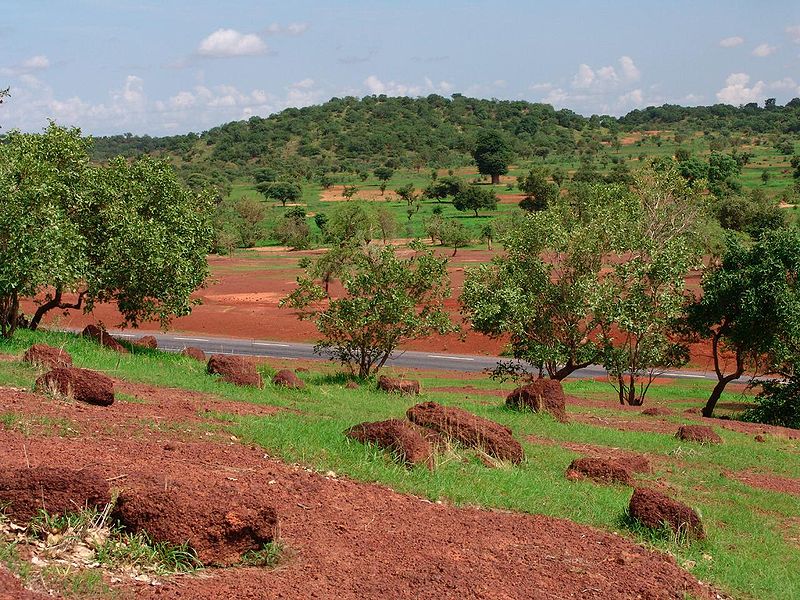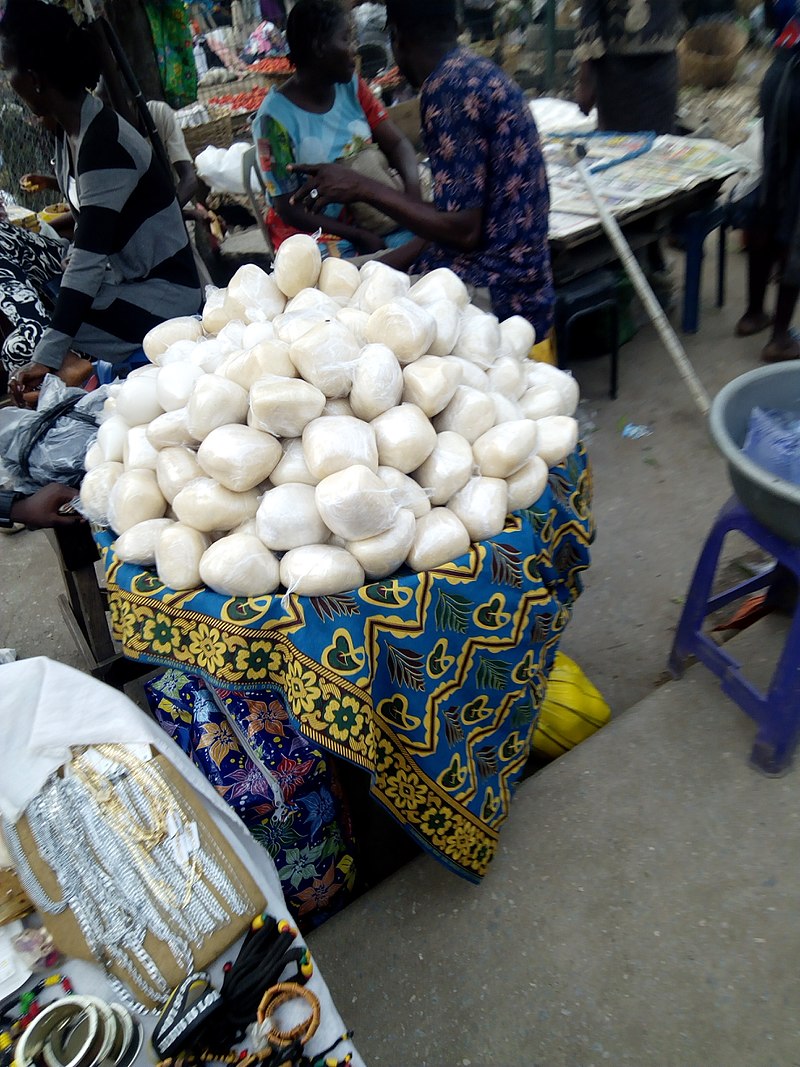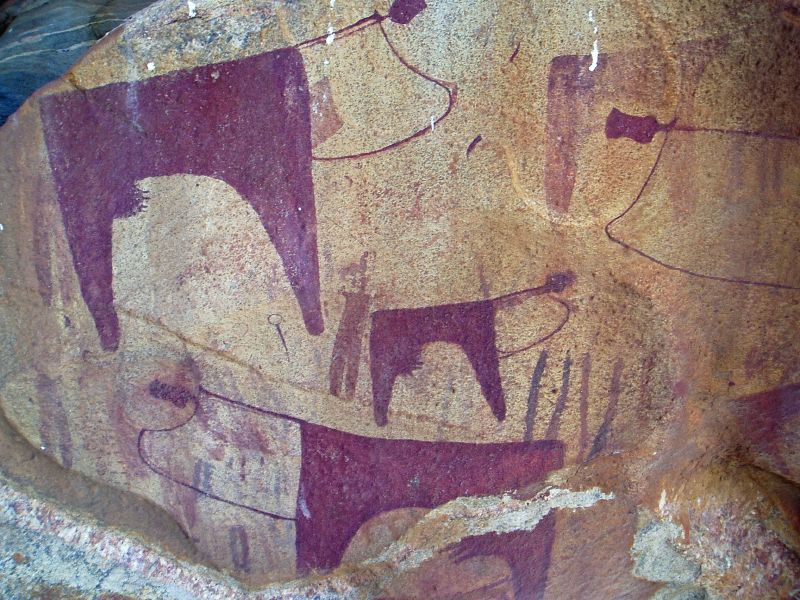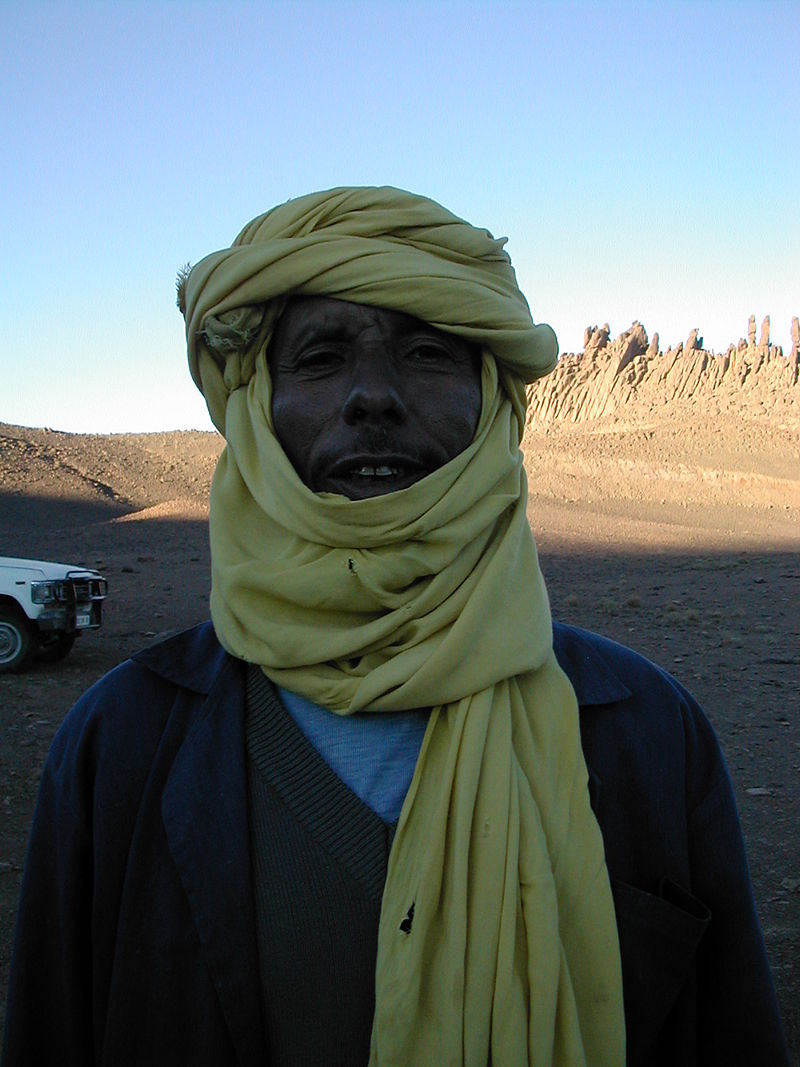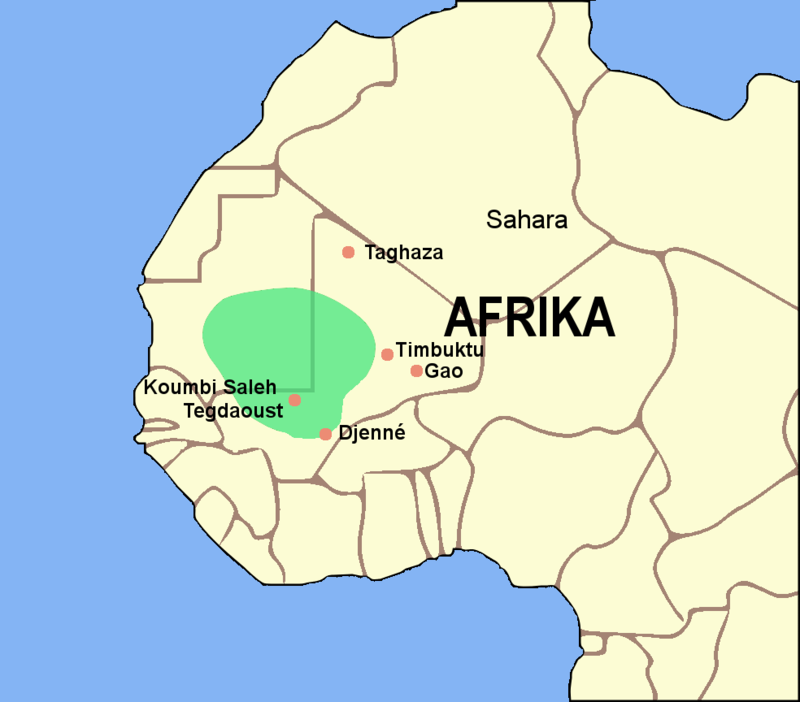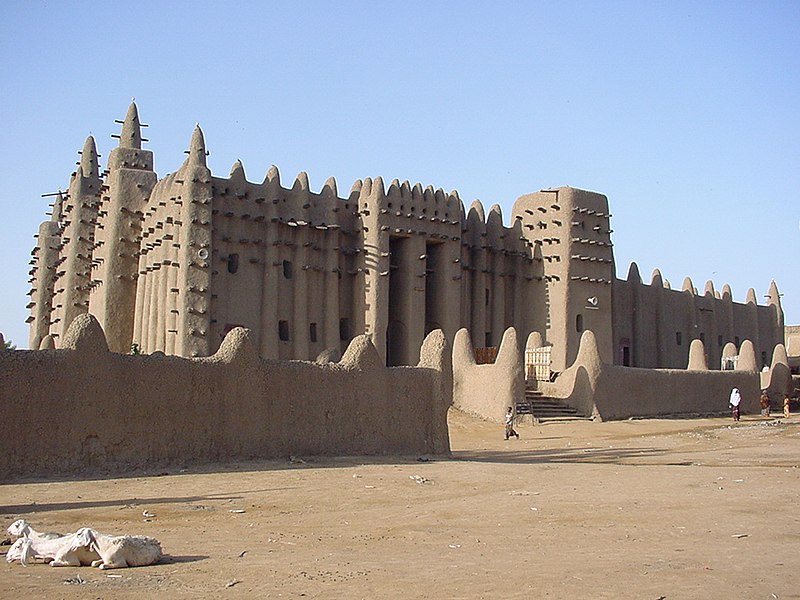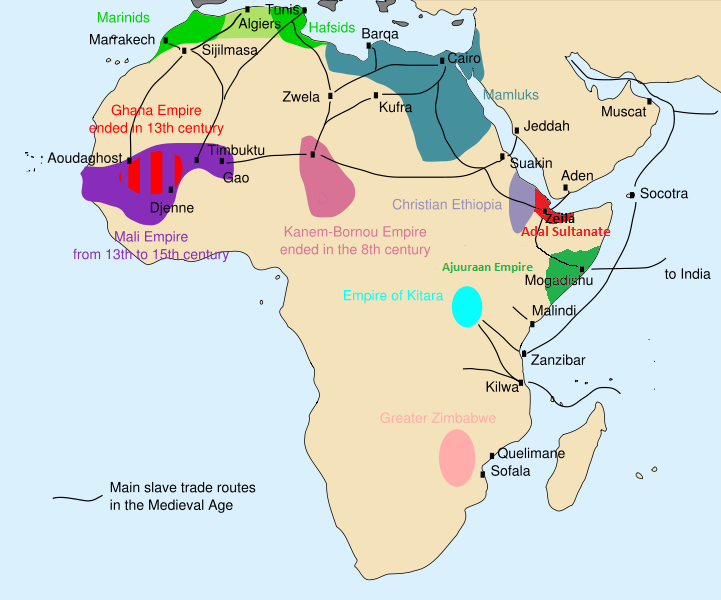Daily Life in Ancient Africa
Scholars do not know a lot about daily life in ancient Africa because most of our sources (texts or oral histories) talk about kings or queens, or even trade, but they do not always tell us how ordinary people lived.
We can look at different regions of Africa and use things found by archaeologists to help us discover a little bit more.
West Africa and the Sahel/Sudan Region
People inhabited the area where the Empire of Mali developed (in the 13th Century) for thousands of years. We call this area the Sudan.
However, it is not the same as the countries in Northeast Africa called North and South Sudan.
The Sudan area has been inhabited since the Neolithic period. We know this because archaeologists have found lots of Iron Age objects and the remains of abandoned villages.
Parts of this area now suffer from droughts (no water). In times gone by, the River Niger used to flood and create lots of fertile grasslands. It was perfect for farming.
From this, we know that 3500 years ago, there were lots of farmers in West Africa. There was a lot of annual rainfall too during rainy season.
Crops like red-skinned African rice and millet were grown, along with root crops, plants and fruits. If you grind millet, you can make a food called fufu, which is still eaten in West Africa today.
Ancient rock art depicts a lot of cattle and other animals too. This tells us that fishing and cattle herding were also important sources of food.
Scholars have also found lots of copper deposits, which were used and gold was probably mined too, but there is no evidence for this until the much later Mali Empire developed.
The Empire of Ghana (6th-13th Century CE) was not in Ghana but it was in the northwest of this region. It was the first large state for which we have evidence.
This empire traded regionally in things like gold and salt.
Many people were either farmers or traders or skilled craftspeople like blacksmiths and weavers.
Daily Life in Ancient Egypt
Much like along the banks of the River Niger, daily life in ancient Egypt thrived in the fertile grasslands. These grasslands were made fertile by the River Nile in ancient Egypt.
People built mudbrick homes in villages. Most ancient Egyptians worked in the fields as farmers or craftsmen and there were also scribes (scholars and writers).
They would eat food like bread. A farmer’s wife would grind the wheat and bake the bread and collect water in the afternoon with the children.
To drink, ancient Egyptians would have beer, which was made from wheat.
Quiz Time – Test Your Knowledge!
What three sources can we use to help us understand about daily life in ancient Africa?
What is the area, the Sahel, also known as?
Since when has the Sahel been occupied?
What was the most common job in ancient Africa?
What crops were grown and eaten in ancient Africa?

